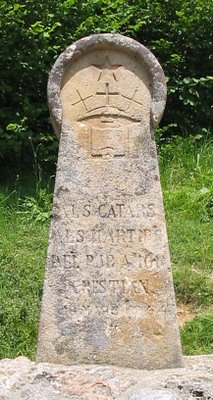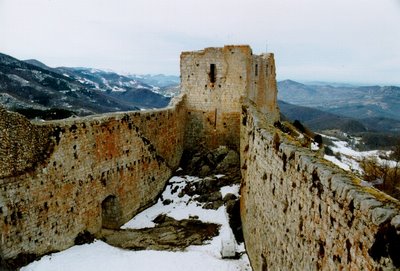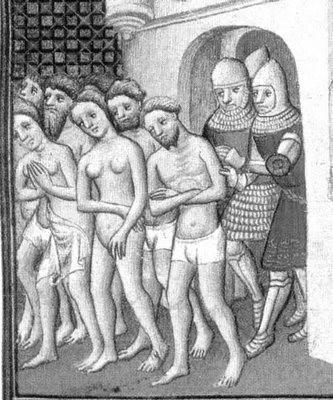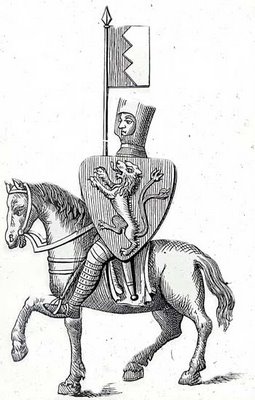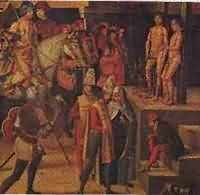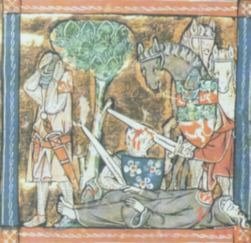Throwing out Baby with the Bathwater, Part 2
 There has to be an external structure driving this attitude, or perhaps more tellingly, society's approval of it. To identify this structure, the old advice of "follow the money" could be aptly translated into "who benefits by this?" The turned-out children certainly don't -- yes, some of them may learn hard lessons, avoid catastrophic incidents, and somehow pull themselves up by their bootstraps (which has never happened quite as much as some would have you believe -- we ALL need other people most of the time). Even if the parents do get a small thrill out of having more pocket money available by turning out a child, it is hard to imagine that in the psychological long run, a parent is really going to feel good about the situation, particularly if the child doesn't turn out better or comes to a bad end.
There has to be an external structure driving this attitude, or perhaps more tellingly, society's approval of it. To identify this structure, the old advice of "follow the money" could be aptly translated into "who benefits by this?" The turned-out children certainly don't -- yes, some of them may learn hard lessons, avoid catastrophic incidents, and somehow pull themselves up by their bootstraps (which has never happened quite as much as some would have you believe -- we ALL need other people most of the time). Even if the parents do get a small thrill out of having more pocket money available by turning out a child, it is hard to imagine that in the psychological long run, a parent is really going to feel good about the situation, particularly if the child doesn't turn out better or comes to a bad end.Employers. Now here's a class who can really benefit from this practice. Herds of kids with few skills turned out every year and very ripe for economic exploitation. Interestingly, republicans and other American conservatives are the ones who most often trumpet the need for tossing the children out of the house. The republicans . . . the political best friend of American big business, also known as practically unrestrained capitalism.
Honestly, it is hard to imagine other parties who benefit from the practice of expelling children from the house at a given age. Having come to this conclusion, one must of necessity begin to wake up and smell the propaganda -- a propaganda that has been successfully foisted onto American society for decades -- a propaganda that tells parents it is okay to ignore their deepest instincts and to turn their backs on their own flesh and blood. All in the name of a specious "self-sufficiency" (how many people are really self-sufficient, for crying out loud, we all draw various services and products from other people), a "self-sufficiency" that in fact makes the child dependent on employers and other strangers.
But then, if the powers that be want control, the inherent strengths of that society must first be defeated. The most basic strength a society has is the family structure. It is our true tribe, and in a functional family, the members know that they can always rely on one another. Break that tribe up, and its members are at the mercy of practically everything. And there is nothing good about that.
Yes, this practice stinks. Through vile propaganda, families have been duped into a form of self-destruction and the provision of their own children, in distinctly unfavorable circumstances, to employers who think nothing of exploiting the children to the hilt. As anyone who has looked for work knows, the best way to find decent work is through the influence of colleagues -- but this practice almost completely rules out such influence. This practice throws the kids to the wolves, and we are told this is good. As most kids are given notice by their parents around the age of 12 or 13 that they will have to earn their own income after age 18, one also wonders if that does not tremendously corrupt the children's sense of security and feelings of trust in their parents -- with a nice five to six-year period for the kid to think it over, and likely not to have anyone with whom they can share their angst about the coming change.
This practice might be good for a capitalist economy, but it is poison for families and ultimately, society itself. Don't be misled by the propaganda. Know this practice for what it is, and arm yourself with the knowledge. Your children may benefit from it.



